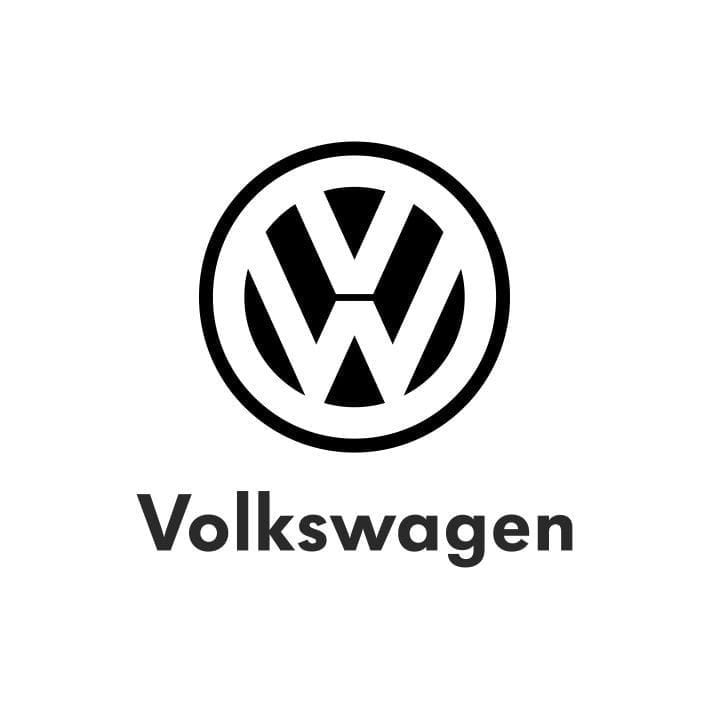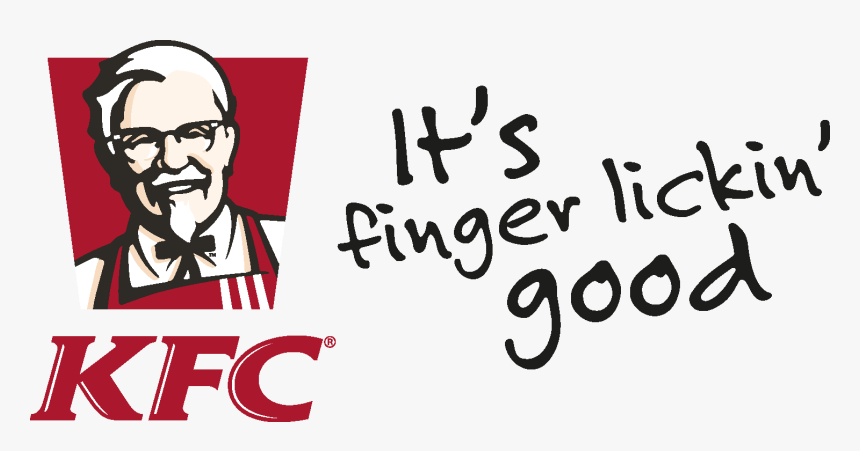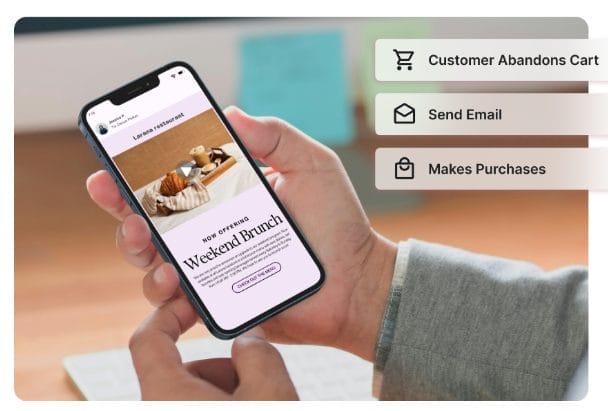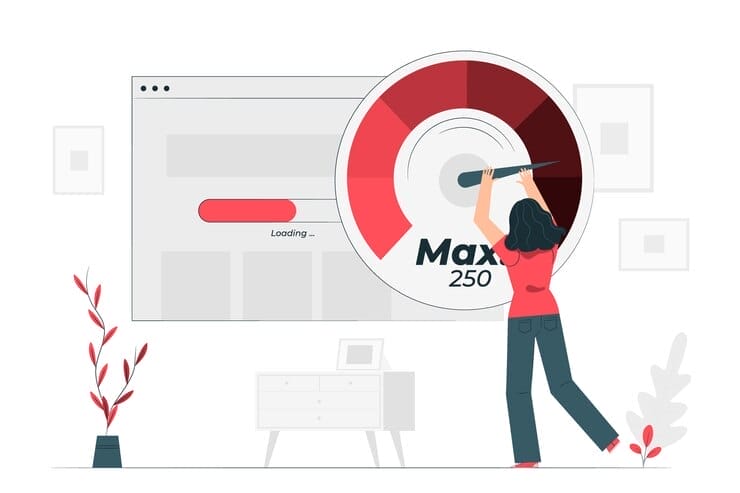Unlock targeted marketing with out expert tips! Explore 6 market segmentation examples and learn how to apply them to boost your business’s growth and customer engagement.
Recommended For You: 5 Types of Market Segmentation
Looking for real-life market segmentation examples? Check out these 6 famous brands that have effectively applied market segmentation to boost their businesses.
Market Segmentations Examples
1. Victoria’s Secret

Founded in San Francisco, California, United States, the famous lingerie brand has over 1,400 retail branches in several countries today. That, plus a large loyal customer base of women.
To reach its target market, Victoria’s Secret uses geographic, demographic, and psychographic segmentation to group its customers.
Geographic segmentation
Recognizing its product as one with a public appeal, Victoria’s Secret categorized its market based on its location. In that light, the store has launched about 1400 retail branches in several countries, including the US, UK, Australia, China, Korea, France, Philippines, Canada, Germany, Taiwan, and more. The company also has an online presence to meet the needs of potential customers on a global scale.
Demographic segmentation
Its primary market includes women between 18 – 35 and 35 – 50. Its Pink product line, launched in October of 2002, targets teenage to adolescent women. The store also targets men browsing the lingerie market for a nice gift for their significant other.
Psychographic segmentation
Understanding the inherent desire of every woman to look and feel beautiful, even down to her unmentionables (unmentionables, ha!) Victoria’s Secret sales strategy is to appeal to female sexuality.
The store categorizes its market based on their personality; open-minded women looking to try new trends and level of body confidence.
The company’s net worth, which has consistently been running into billions of dollars, the most recent being $2.96 billion as of June 10, 2022, is a pointer that its marketing strategy has been successful.
Handpicked For You:
- 10 Benefits of Marketing Segmentation For a Brand
- Differentiated Marketing: Advantages & Disadvantages
- The Starbucks Brand: Positioning, Segmentation, & Targeting
2. Volkswagen

The auto-manufacturing company is another good example of a business that has effectively applied market segmentation to increase conversion and boost sales.
Headquartered in Germany, the company has over 120 production plants in various countries and has over 12 brands under its belt. If you are familiar with brands like Audi, Porsche, Skoda, Lamborghini, Scania, Bentley, Bugatti, Man, Volkswagen (VW), SEAT, Ducati, etc., then, you know the Volkswagen group.
One reason why the company has developed and acquired these brands is to manufacture cars that appeal to the distinct auto preferences of the various class in society; middle, upper-middle, and high class
Hence, cars from brands like Bugatti, Audi, and Porsche will appeal to the high-class seeking comfort and style, while cars from the VW brand will meet the needs of the middle-class seeking a sturdy and economically priced vehicle.
Here are 3 ways Volkswagen divides its market:
Psychographic segmentation
Like I said earlier, the brands under Volkswagen cater to the unique car preferences of the groups within its market. This is one way the company has effectively segmented its audience based on their purchase motives. Those buying cars for comfort, speed, or luxury may opt for high-end brands, and those in the auto market for a durable car that is cheap to maintain will opt for the less-costly brands.
Demographic segmentation
One clear way the auto-manufacturing company groups its customers is based on their income level, hence its many brands.
Today, the Volkswagen group has manufactured economical cars like the Polo, which cost about $25,250, and luxurious cars like the Bugatti La Voiture Noire, which costs about $18.7 million.
Geographic segmentation
The Volkswagen group has branches in regions with high-mobility demands. This includes but is not limited to countries in Europe, Africa, and Asia.
The Volkswagen Group is recognized globally as one of the most successful auto-manufacturing companies, with a net worth of over 107.43 billion as of June 10, 2022, I do not know what else could be a clear pointer to this market success.
3. Coca-cola

With a net worth of $266.21 billion and a formidable presence in over 200 countries, it is no surprise that Coca-cola is pegged as “the world’s most popular soft drink”.
Even countries that do not have Coca-cola depots go as far as importing it from neighboring countries – talk about a global sugar craze.
With such a large customer base, one may wonder how Coca-cola has managed to keep its current customers loyal while still attracting even more. One way the company achieves this is by using different types of market segmentation, some of which include:
Geographical segmentation
To meet the needs of its customers scattered in various countries, Coca-cola has depots in many countries located in Europe, Africa, Asia Pacific, the Middle East, Latin America, and North America.
Psychographic segmentation
The company segments its customers based on their personality and lifestyle; diet coke/ coke zero for those who are conscious of their health/sugar intake and plain Coca-cola for those who have a sweet tooth or want a jolt of sugar for health purposes.
Demographic segmentation
Coca-cola segments its target audience based on age; 10 – 25 and 25 – 40, and income; the company has different packages ranging from cans to plastic bottles and returnable bottles, all sold at different prices.
Behavior segmentation
Coca-cola is one of the few businesses that focus on understanding and grouping its customers based on their level of knowledge, response to, and interaction with the brand. One way it does this is by being involved in the culture or major events in a region that has been loyal. By doing so, Coke has been able to promote its product on a large scale, reward loyal customers, and warm its way into the hearts of many. A good instance is how the company is typically one of the sponsors for the African Cup Of Nations (AFCON), an annual football event in Africa, which is Coke’s largest market.
Coca-Cola’s share a coke with someone campaign, which involved printing popular names/nicknames within a region or country on the label of coke bottles, is also an example of geographical and psychographic segmentation. By doing so, the company was able to connect with its market situated in various regions on a personal level. It also gained new customers as many were induced to buy a Coca-cola drink simply because it had their name or that of a loved one.
4. Apple

Founded in 1976 in the US, Apple has become one of the top global technology brands. The company is famous for its high-tech gadgets; laptops, phones, wearable gadgets, etc.
One unique fact about Apple products is that, despite being highly priced, they are still sought after by many. This business success is not solely due to the brand’s innovation or quality products but also because of its proper positioning and market segmentation.
Here are 4 ways the Apple has segmented its market:
Psychographic segmentation
There are several reasons people wake up by 5 am to queue for hours outside an Apple store just to lay their hands on the latest Apple gadget; it is not simply because Apple products are superb.
Understanding this, the company segments its audience based on their purchase motives and aims to meet these needs.
For those who are about style and owning a nice-looking device, for instance, Apple manufactures its gadgets in different colors and sleek designs to meet this need. For those who want quality performance, Apple installs a top-notch OS and a simple user interface.
Geographic segmentation
Apple has over 519 stores in several countries. The brand also has online stores available.
Demographic segmentation
Apple products meet the technological need of a wide base of customers. Its primary target market is individuals 18 – 45, married or single, who are middle/high-income earners and are willing to spend more to purchase a quality gadget.
Aside from this sect, kids and teenagers in the market for a high-quality resolution gaming gadget and seniors who need a wearable device that offers health monitoring features make up another large percentage of the brand’s target market.
Behavior segmentation
If you have ever watched an Apple ad, you will realize it is very informative; it tells you all there is to know about the product in question. This is one way Apple segments its customers based on their different levels of knowledge, attitudes to, and interaction with Apple gadgets.
So, a customer; new or old, after watching such an ad, has a good grasp of the product and what makes it different from others. In addition, Apple’s formidable brand image, constant innovation, and uniqueness have earned it a special place in the heart of many globally.
As of June 5th, 2022, Apple’s net worth was $2,450 Billion.
5. Kellogg’s

This list would be incomplete if I fail to mention Kellogg’s. Famous for its quality and tasty cereals, you should not be surprised that Kellogg’s brand is one of the top 10 popular cereal companies globally.
Did you know that when I mention Kellogg’s, the type of cereal that comes to mind is dependent on where you stay? This is because the brand produces cereals to match the palate of consumers within a particular region/country.
Hence in India, for instance, the brand produces local cereals like Kellogg’s Cornflakes Kesar Pista Badam, while in Japan, it produces Kellogg’s Genmai Flakes Cereal – both manufactured to suit the taste of the locals.
In this way, the company highlights how essential market segmentation is to its market success.
Here are the 3 ways Kellogg’s breaks down its market:
Geographical segmentation
As a brand with customers all over the world, Kellogg’s has established local branches in different countries to meet the needs of its customers. Using this type of segmentation, the company produces cereals that match the appetites of customers in different regions.
Demographic segmentation
Its primary target market is kids. Hence the colorful package and cartoon characters. However, this may change depending on the type of cereal in question. For instance, the target market for Kellogg’s Special K cereal is females on a weight-loss journey.
Psychographic segmentation
By manufacturing different types of cereal, each with different tastes, flavors, and nutritional content, the company segments its audience based on their lifestyle, personality, and activities.
As of June 10, Kellogg’s net worth is pegged at $23.51 Billion
6. KFC

A leader in the international food industry, KFC has also successfully implemented market segmentation in the achievement of its marketing goals.
Here are 4 ways the fast-food restaurant segments its customers:
Geographical segmentation
By selling the right to use its name and idea to persons interested in starting a KFC franchise, the company has met the needs of thousands of customers scattered abroad.
Today, KFC has over 25000 franchises globally. These restaurants are in the urban and suburban regions; places where there are a lot of people.
Like Kellogg’s and Coca-cola, KFC has taken the initiative of allowing its franchisees to add local finger-lickin’ good meals to their menu to suit the appetites of local customers.
Demographic segmentation
The brand caters to the needs of a large base of customers; vegetarians and meat-lovers, low, middle, upper-middle, and high-income earners. However, in terms of age, individuals between 4 – 45 patronize KFC more than those over 50.
Psychographic segmentation
KFC understands that not everyone patronizes it because its chicken is finger-lickin’ good. Hence, the company has categorized its customers based on their personality; extroverts, social class, and lifestyle: lovers of luxury and convenience.
Behavior segmentation
The brand further groups its customers according to their knowledge and interaction with its product based on taste, price, and quality.
Aside from these companies, brands like Nike, McDonald’s, Louis Vuitton, Gucci, etc., are more examples of businesses that have successfully applied market segmentation.
This is not to present market segmentation as the cure for every hiccup experienced in marketing but to highlight the vital role it plays in identifying a target market and helping them connect with and appreciate the total value of a product or service.
So how can you apply it to your business? Check out ways to use these types of segmentation in your brand.
Handpicked For You:
- 10 Benefits of Marketing Segmentation For a Brand
- Differentiated Marketing: Advantages & Disadvantages
- The Starbucks Brand: Positioning, Segmentation, & Targeting
How To Use the Different Types of Market segmentation
Like I said in the closing section of 5 Types of Market Segmentation, there is no hard and fast rule regarding which type of market segmentation is best for a brand, which can be used alone, or combined with another for the best results. However, experts generally advise brands to let their products or service affect the form of market segmentation they choose.
That being said, here are ways to apply the different types of market segmentation.
Geographic segmentation
You can pinpoint the location of your target audience by:
– Consider where your current customers are now. Are they located in a commonplace? If they are, there is every chance that potential markets are around that area.
– Take surveys. Your product/service was made to solve a specific problem. Take surveys to determine those who would buy your product and where the majority of them reside.
– Employ the service of an expert. There is always the option to employ the services of a market expert to do the work for you.
Demographic segmentation
You can know who your target audience is by:
– Taking surveys; surveys, physical or online, are the most popular way of collecting the data needed for this type of segmentation. Ensure the surveys contain only relevant questions.
– Obtain data from the government census bureau. Depending on the law in place in your country or state, you may be able to access the data needed for demographic segmentation from the database of the census bureau.
– Employ a professional.
Psychographic segmentation
You can apply this type of market segmentation by:
– Ask open-ended questions using questionnaires and surveys. The questions asked should allow your audience to give lengthy answers. For instance, what do you think about this product? What is your biggest challenge in purchasing this product?
– Group interaction. You can collect data through group discussions or interactions. It is vital to ensure that the participants in the discussion represent the market you are targeting.
– Collect reviews on your product. Collecting reviews on your product/service will help you understand your customers, their personality, and what they look for in a product.
Behavior segmentation
Thanks to technology making life easier, you can apply this form of segmentation using website analytics. Web analytics, amongst other things, collects data on customers’ interaction with your brand website revealing your site traffic, client retention, and conversion rate. Some web analytics tools provide additional information on how to improve your brand to appeal to the right audience.
Final Thoughts On Market Segmentation Examples
It may appear inconceivable, but none of the companies I mentioned here started on a grand scale. Each one started small, some on the streets and some in their garage.
However, by innovation, hard work, dedication, and market research, they were able to place their goods/services in front of the right audience in the right manner and grow to become part of the global companies we know today.
RELATED: 5 Types of Market Segmentation
You love this Article, right? Get more Updates via Adilo’s Twitter Page.
https://www.kindpng.com/imgv/ihhxhoJ_kfc-logo-png-kfc-logo-finger-lickin-good/
https://www.foodengineeringmag.com/articles/95875-kellogg-the-latest-company-to-issue-recall-for-possible-peanut-contamination








